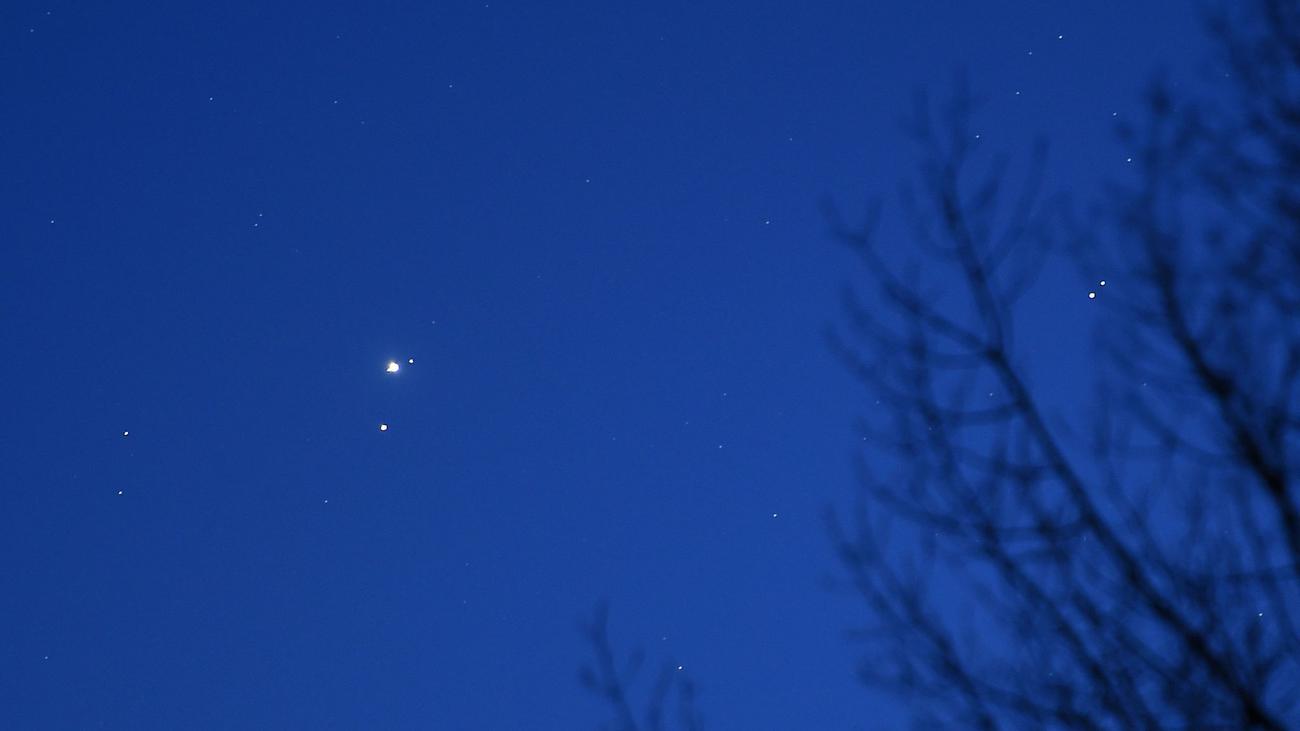
Celestial Spectacle: All Planets Align for a Rare Nighttime Encounter
Prepare for an extraordinary celestial event as all eight planets in our solar system grace the night sky, visible from Earth simultaneously. This rare alignment presents a captivating opportunity to witness the celestial dance of our planetary neighbors, each shining brightly in different corners of the sky.
Timing and Viewing Conditions
The optimal time to catch this cosmic display is shortly after sunset on Tuesday, February 25th. Clear weather conditions are crucial for this celestial encounter, so keep an eye on the forecast. With a clear sky, you’ll be treated to a breathtaking panorama of the planetary family.
Celestial Positioning
Unlike a string of pearls, the planets won’t be neatly lined up. Instead, they will form a vast circle spread across the sky, each occupying a distinct celestial address. "The planets are widely distributed across the sky," explains Uwe Pilz, chairman of the Association of Stargazers in Bensheim, Germany.
Sky Guide
Begin your celestial tour with Mercury and Saturn, nestled close together just above the western horizon. Slightly higher, the elusive Neptune awaits your gaze, while Venus shines brightly above it. In the southern sky, Jupiter emits a brilliant glow, with Uranus a hand’s width to its west and Mars displaying its reddish hue in the southwest.
Spotting the Distant Giants
Uranus and Neptune, the farthest planets from the Sun, require binoculars or a telescope for easy viewing. A sky chart can assist you in locating them amidst the myriad stars. The reason for this simultaneous celestial gathering is that all planets are currently situated on the same side of the Sun as Earth.
Observing Tips
To maximize your viewing experience, find a location with a clear view towards the western horizon, especially for spotting Mercury and Saturn low in the sky. Even after Mercury and Saturn set, the sight of the three brightest planets – Venus, Jupiter, and Mars – will continue to captivate your eyes.
Lunar Companion
The celestial extravaganza doesn’t end there. Beginning March 1st, the Moon will join the planetary procession. The slender crescent of the waxing Moon will position itself between Mercury and Venus, adding an alluring celestial accent to the cosmic tapestry.
Don’t Miss This Cosmic Rendezvous
This rare alignment of all eight planets is a celestial spectacle that should not be missed. Whether you’re an avid astronomer or simply enthralled by the wonders of the universe, prepare to witness the harmonious dance of our planetary neighbors, a testament to the vast and captivating nature of our celestial home.
